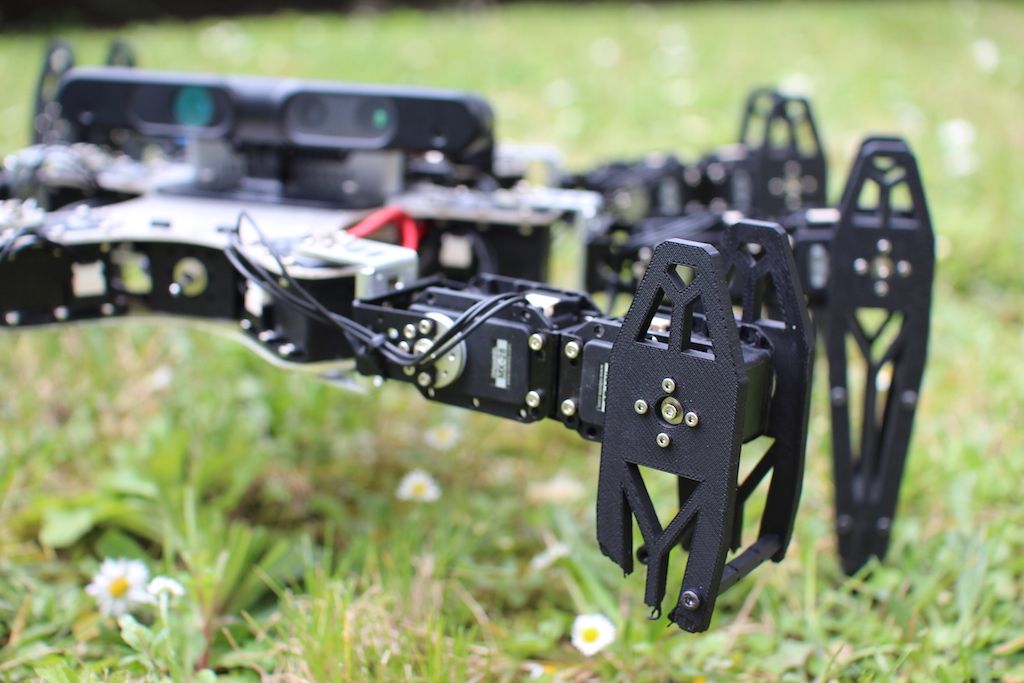On-screen robots tend to rise up and crush their puny human masters with alarming regularity.
“I decided to log every single incidence of artificial intelligence or robots in the history of cinema,” Adam Rutherford, a British geneticist and author who served as AI consultant on the recent film “Ex Machina”, tells CNET’s Crave blog. “I think I calculated that 65 percent of them end up being a threat, and the rest of them are just servile.” Read more






